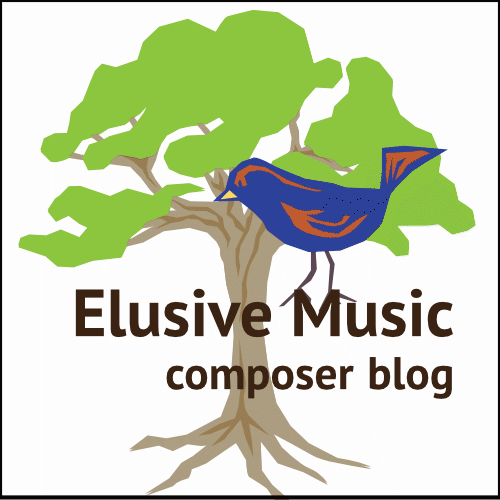In the Mapping Editor you set up Zones for each sample that will be part of an Instrument.
A Zone is a sample, plus its root MIDI note and the range of velocities that trigger it. The manual doesn’t say so, but it seems to me that the Zone also includes the range of notes that trigger, and possibly transpose, the sample. You can also specify a Zone Envelope for the sample that controls volume, or panning, some other parameter. But this is hardly a basic, so no more about that here!
Note: A sample’s root is the MIDI note that plays the sample back as is, without transposing.
Simple sample mapping
To quickly learn how to get around the mapping editor, try these steps to create a simple instrument and learn a few of Kontakt’s shortcuts for specifying a sample’s range and velocity.
- Find a sample in the file browser. Look for WAV files, not NKI files. Use the Audition button at the bottom of the file browser to hear the samples.
- Create a new instrument by dragging the sample into the rack.
Note: The mouse cursor doesn’t give the right feedback. It shows a “Do Not Drop” icon over the rack, but when I let go of the mouse button, it changes to a plus. - Click the wrench button to put the Instrument into Edit Mode.
- Click the Mapping Editor button just below the Instrument header.
The Mapping Editor opens. We’ll be working mostly in the mapping grid. You’ll see a big yellow rectangle on the mapping grid, which shows the sample mapped across the entire keyboard and the full velocity range. You’ll also see the sample root shown in yellow on the mapping keyboard. By default, the sample gets mapped to C3. - Figure out and set the sample’s root note. The intended root may be specified in the sample’s name, or you might have to listen to it to figure out its pitch. If you don’t have perfect pitch, you can use the Reference tone in the Master Editor for comparison.
There’s more than one way to set the sample’s root:
- Drag the yellow key on the Mapping Editor keyboard to a a new note.
- In the Sample Info bar above the map, type the new root in the Root field. Use sharps, not flats, to name the note. OR, use the arrows to scroll to the note name.
- Change the range of the Zone.
- Drag the sides of the yellow rectangle to change the range of MIDI notes that play back the sample.
- Drag the top of bottom of the yellow rectangle to change the velocity range that triggers the sample.
- You can also set the key range and velocity in the status bar above the grid.
Now you have a simple one-timbre instrument!
More efficient sample mapping
If you have a complex set of samples to map, you’ll want to have Kontakt help get the Zones right. More on that later!

Leave a Reply to PamM Cancel reply